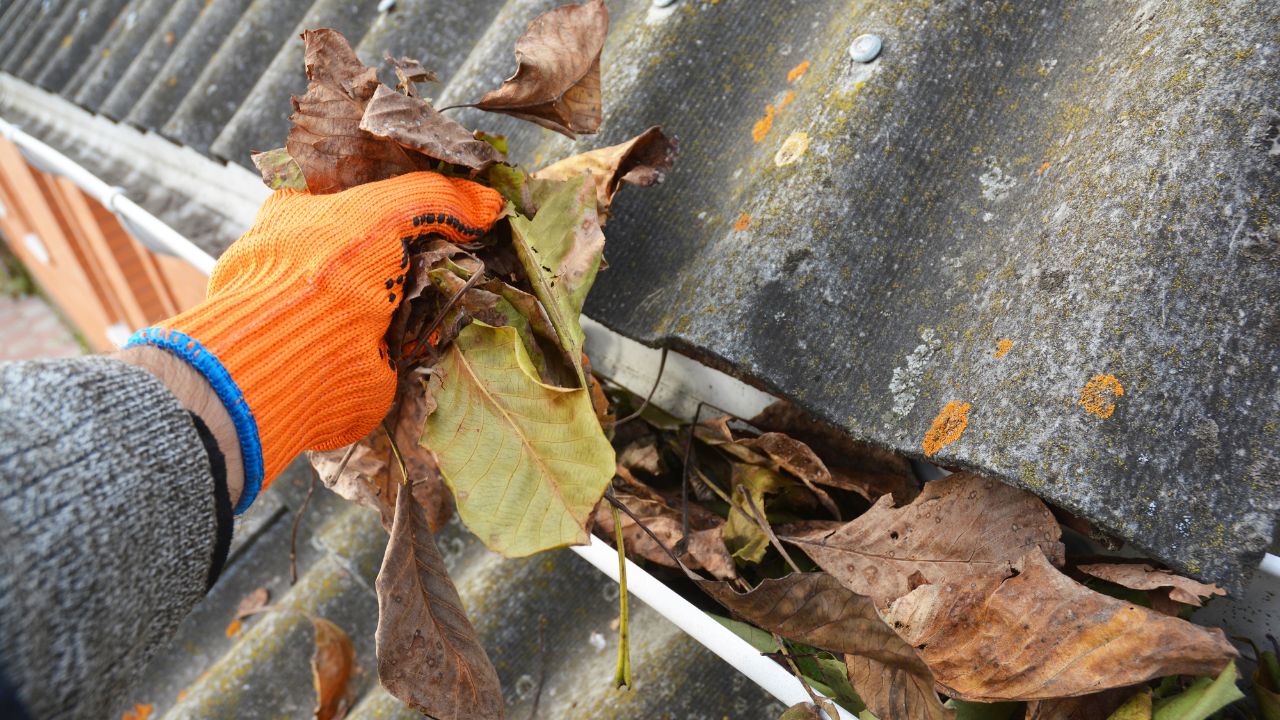We are fortunate to have a modern sewer system in the UK, which means we often don’t have to think much about what happens to our wastewater. In fact, our sewerage system was ranked as the second best in the world in a 2018 survey. But how do our sewers actually work? This article is going to take a look at what happens behind the scenes to our UK sewage and wastewater.
Have Our Sewers Always Been So Good?
First for a bit of history. Our sewers haven’t always been so good. In fact, in the 1800s, the Thames was known as a source of disease and some foul odours – as it was essentially London’s open sewer. Huge cholera epidemics in the area claimed over 10,000 lives in London, and over 20,000 in the UK in the 1850s. British scientist John Snow finally identified the cause as contaminated drinking water, and work to build our modern system finally began.
1875 saw the completion of London’s sewerage system. The waste was first diverted significantly downstream of London’s populated area, down to the Thames Estuary via a series of underground brick tunnels. Along the way it would pick up the wastewater and sewage from existing sewers and rivers, transporting it to the new water treatment plants.
How Does Our System Actually Work?
The modern sewerage system we use today is based on a series of sewers that direct wastewater and sewage to the nearest water treatment plants. From our sinks, baths, showers and toilets the water travels to a treatment plant, where the water undergoes a series of screenings and treatments.
First, the initial screening process removes debris and hard solids from the water. A combination of non-flushable items like nappies are removed, alongside grit and other residue. Then, the first treatment begins, which removes human waste by having it sink to the bottom of the treatment tank.
Secondary treatment removes smaller particles by an air-pumping process that encourages good bacteria to break down the rest of the waste left behind. The final process for the water is allowing that bacteria to sink to the bottom of the tank and be removed. Any sludge from the process is treated and may be used for agricultural purposes.
Once the process is complete, the treated water can return to our natural waterways like rivers and streams.
How Can Token Cleaning Services Help?
Overpopulation and the resulting increased waste output can put a huge pressure on the UK’s sewers. Fortunately, Token Cleaning Services can help by conducting deep drain cleaning, allowing wastewater to flow freely into the rest of the system. We remove the build up of grease, silt and grit to preserve the integrity of your drains. We use CCTV drain surveys to identify the source of the blockage and fix the issue.
Token Cleaning Services helps domestic, commercial and industrial clients. From a blocked toilet to an industrial drain blockage, we’re here to help. We also reline pipes to ensure they connect to the main drainage system correctly. Contact us today for expert advice and solutions on drain cleaning. We’ll be happy to help.













